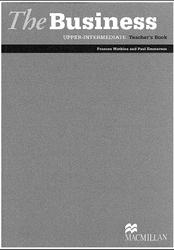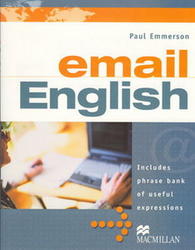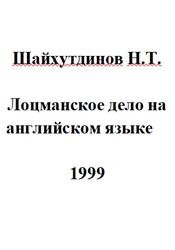Learners of English at intermediate or upper-intermediate level who want to write better emails. It can be used by learners studying on their own, or with a teacher.
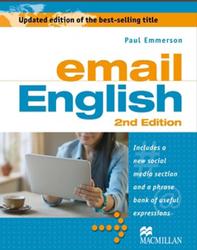
Formal or informal?
A First, read the information about email writing styles.
It is helpful to think about three writing styles, although in real life the differences are not so clear.
Formal. This is the style of an old-fashioned letter. Ideas are presented politely and carefully, and there is much use of fixed expressions and long words. Grammar and punctuation are important. This style is not so common, but you can find it if the subject matter is serious (for example a complaint), in emails to customers where you want to make a good impression, or in some cultures where a more formal style is expected.
Neutral. This is the most common style in professional/work emails. The writer and reader are both busy, so the language is simple, clear and direct. There is often a friendly opening line. Sentences are short and there is use of contractions (I've for I have etc.).
Informal. This is the style for emails between friends. The email might include personal news, funny comments etc. This style is close to speech, and has informal words and conversational expressions. Many people now choose social media rather than email to communicate with friends: with social media the style is even more informal.
Contents.
To the student.
To the teacher.
Basics.
1 Formal or informal?.
2 Key phrases.
3 Opening and closing.
4 Giving news.
5 Advice and suggestions.
6 Invitations and directions.
7 Cheeking understanding.
Language focus.
8 Verb forms.
9 Sentence building.
10 Missing out words; abbreviations.
11 Common mistakes 1.
12 Common mistakes 2.
13 Punctuation and spelling.
Style.
14 Being brief and businesslike.
15 Being informal and friendly.
16 Being polite and diplomatic.
Professional.
17 Information.
18 Action.
19 Memos and short messages.
20 Arranging a meeting.
21 Negotiating with external partners.
22 Commercial: customer/supplier sequence.
23 Commercial: inquiries and orders.
24 Commercial: discussing terms.
25 Commercial; asking for payment.
26 Job application.
Problems.
27 Complaints.
28 Apologies.
Reports and analysis.
29 Reports: structure and key phrases.
30 Linking words and relative clauses.
31 Describing trends.
32 Explaining trends.
Social media supplement.
Phrase bank.
Answer key.
Бесплатно скачать электронную книгу в удобном формате, смотреть и читать:
Скачать книгу Email english, Emmerson P., 2013 - fileskachat.com, быстрое и бесплатное скачивание.
Скачать pdf
Ниже можно купить эту книгу, если она есть в продаже, и похожие книги по лучшей цене со скидкой с доставкой по всей России.Купить книги
Скачать - pdf - Яндекс.Диск.
Дата публикации:
Хештеги: #учебник по английскому языку :: #английский язык :: #Emmerson
Смотрите также учебники, книги и учебные материалы:
Следующие учебники и книги:
 The American Heritage Dictionary of the English Language — A lmost a quarter of a century ago a new dictionary bearing the name American Heritage appeared. That book was … Книги по английскому языку
The American Heritage Dictionary of the English Language — A lmost a quarter of a century ago a new dictionary bearing the name American Heritage appeared. That book was … Книги по английскому языку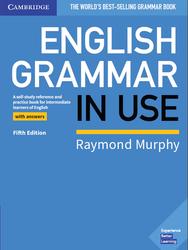 English Grammar in Use, Murphy R., 2019 — English Grammar in Use was written as a self-study grammar book, but teachers may also find it useful as additional … Книги по английскому языку
English Grammar in Use, Murphy R., 2019 — English Grammar in Use was written as a self-study grammar book, but teachers may also find it useful as additional … Книги по английскому языку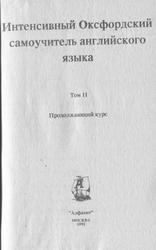 Интенсивный Оксфордский самоучитель английского языка, том 2, Продолжающий курс, Хорнби А.С., 1992 — Интенсивный Оксфордский самоучитель английского языка, Том II, Продолжающий курс, Хорнби А.С., 1992. Вторая часть известного во всем мире интенсивного курса … Книги по английскому языку
Интенсивный Оксфордский самоучитель английского языка, том 2, Продолжающий курс, Хорнби А.С., 1992 — Интенсивный Оксфордский самоучитель английского языка, Том II, Продолжающий курс, Хорнби А.С., 1992. Вторая часть известного во всем мире интенсивного курса … Книги по английскому языку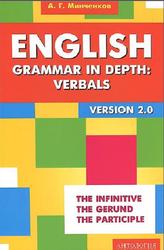 English Grammar in Depth, Verbals, Употребление неличных форм глагола в английском языке, Минченков А.Г., 2014 — В учебном пособии представлено современное описание неличных форм английского глагола (инфинитива, герундия, причастия). Оно состоит из двух частей теоретической и … Книги по английскому языку
English Grammar in Depth, Verbals, Употребление неличных форм глагола в английском языке, Минченков А.Г., 2014 — В учебном пособии представлено современное описание неличных форм английского глагола (инфинитива, герундия, причастия). Оно состоит из двух частей теоретической и … Книги по английскому языку
Предыдущие статьи:
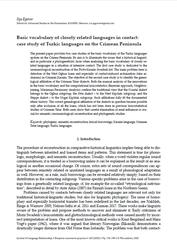 Basic vocabulary of closely related languages in contact, Egorov I. — The present paper provides two case studies of the basic vocabulary of the Turkic languages spoken on the Crimea Peninsula. … Книги по английскому языку
Basic vocabulary of closely related languages in contact, Egorov I. — The present paper provides two case studies of the basic vocabulary of the Turkic languages spoken on the Crimea Peninsula. … Книги по английскому языку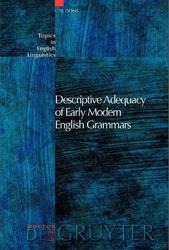 Descriptive adequacy of early modern English gramma, Dons U., 2004 — This book deals with the development of a grammar-writing tradition during the Early Modern English period. It will evaluate the … Книги по английскому языку
Descriptive adequacy of early modern English gramma, Dons U., 2004 — This book deals with the development of a grammar-writing tradition during the Early Modern English period. It will evaluate the … Книги по английскому языку The english grammar workbook for adults, DiGiacomo M., 2020 — This book is divided into two parts. The first part is a collection of the most practical and commonly used … Книги по английскому языку
The english grammar workbook for adults, DiGiacomo M., 2020 — This book is divided into two parts. The first part is a collection of the most practical and commonly used … Книги по английскому языку Causative constructions in Japanese and English, Ciubancan M., 2014 — This book presents a contrastive analysis of causative constructions in Japanese and English. In view of the title, both syntactic … Книги по английскому языку
Causative constructions in Japanese and English, Ciubancan M., 2014 — This book presents a contrastive analysis of causative constructions in Japanese and English. In view of the title, both syntactic … Книги по английскому языку

